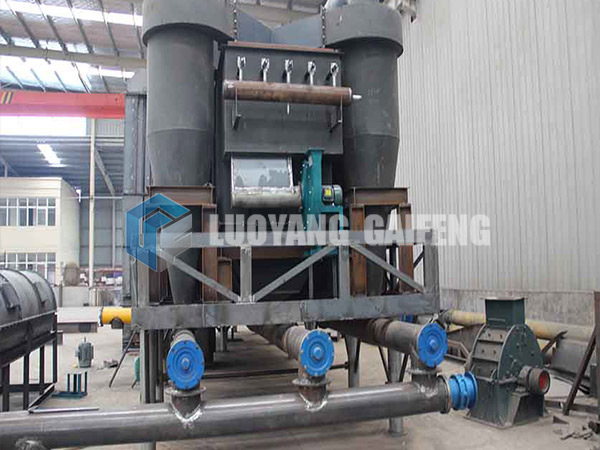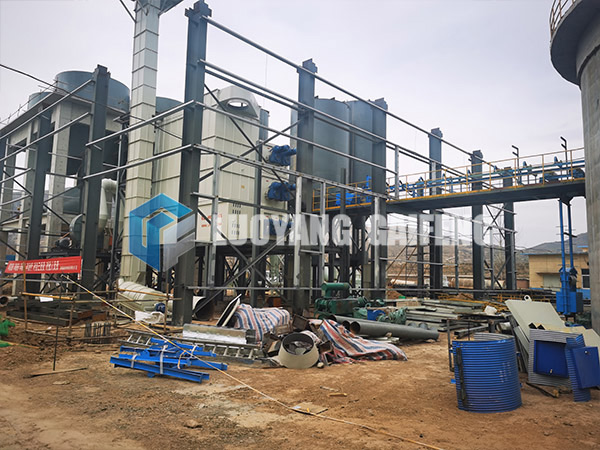What are the applications of calcium hydroxide in waste incineration
Nowadays, life is constantly progressing and developing. Of course, it also produces a lot of negative things. There are more and more garbage around us. If we do not deal with it in time, we will soon be buried by garbage. Generally speaking, garbage incineration is still a Now we use the common way of dealing with garbage. In order to prevent the continuous infestation of harmful substances, we can add calcium hydroxide to it.
I believe that friends who see it here will be confused and wonder if they are wrong. Yes, you read that right! In order to let everyone know how widely used calcium hydroxide is, the following calcium hydroxide production line manufacturers will introduce to you the applications of calcium hydroxide in waste incineration.

Application of calcium hydroxide in waste incineration:
1. Garbage incineration is a method used by most cities to dispose of garbage. Therefore, incinerators have been built in various places. After the garbage is treated by incineration, the amount of garbage can be reduced, and land use can also be saved. Such a process can also eliminate a large number of pathogens and convert toxic and harmful substances into non-toxic and harmful substances.
2. For the flue gas generated during the combustion process, the flue gas temperature drops sharply from more than 400 degrees Celsius to about 120 degrees Celsius. After that, the activated carbon and calcium hydroxide are deacidified in the reaction tower, and the activated carbon adsorbs harmful gases such as dioxins; The flue gas enters the dust collector, is adsorbed to remove particulate matter, heavy metals, etc. in the flue gas, and then is discharged into the atmosphere through the chimney.

3. For flue gas treatment, calcium hydroxide (Ca(OH)2) can be made into a slurry, and then the slurry can be atomized into droplets by a high-speed rotating atomizer, and sprayed into the flue gas collection tower. The average diameter of the incoming droplets is 150 microns. In the process of flue gas treatment, the heat contained in it will be transferred to the mist droplets, which will continuously dry and eventually become powder. The powder components include calcium chloride, calcium sulfate, calcium fluoride and incompletely reacted calcium hydroxide, most of which are separated from the flue gas in the tower and discharged from the cone outlet, and a small part enters the cloth belt with the flue gas for dust removal. device collection. Using this method can well deal with the problem of flue gas pollution in the process of waste-to-energy generation.
It can be said that calcium hydroxide is one of the necessary items to deal with waste incineration pollution. Through the treatment of harmful flue gas, the pollution to the atmospheric environment can be reduced. I believe that through this introduction, many friends will be familiar with the use of calcium hydroxide in waste incineration. We still need to know more about important matters such as people’s livelihood. For the health of our living environment, we need Take precautions against issues like garbage disposal.


